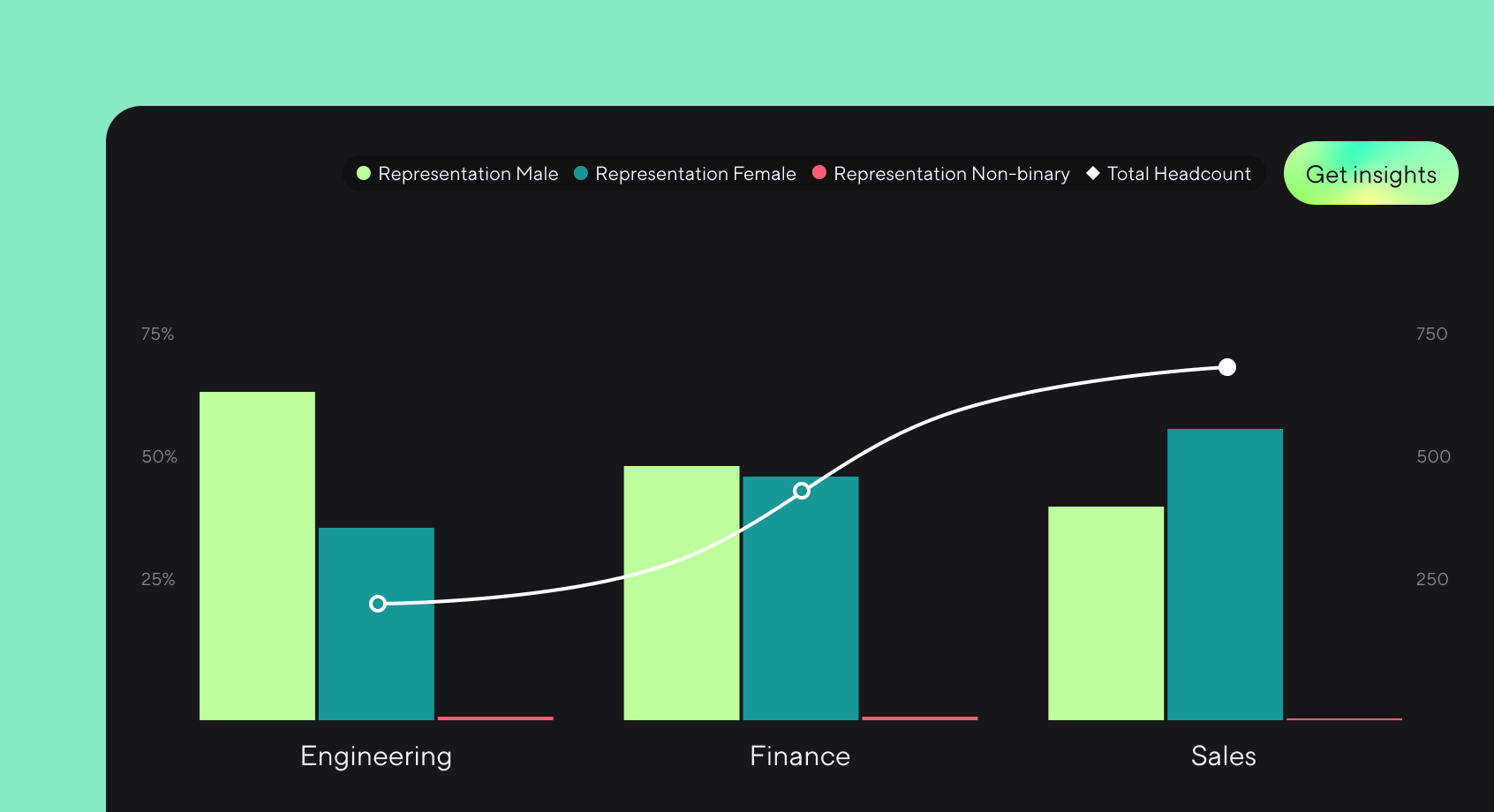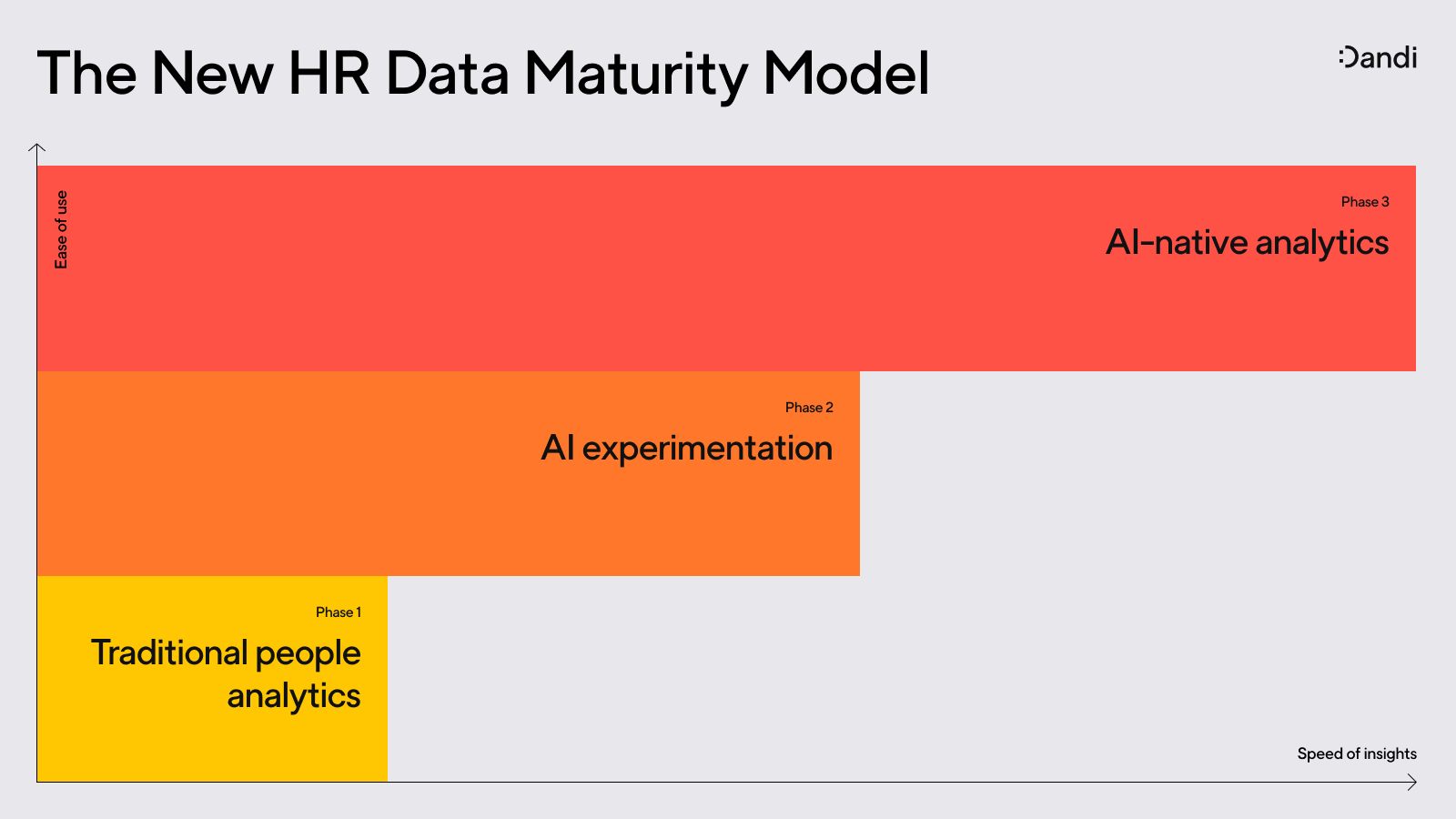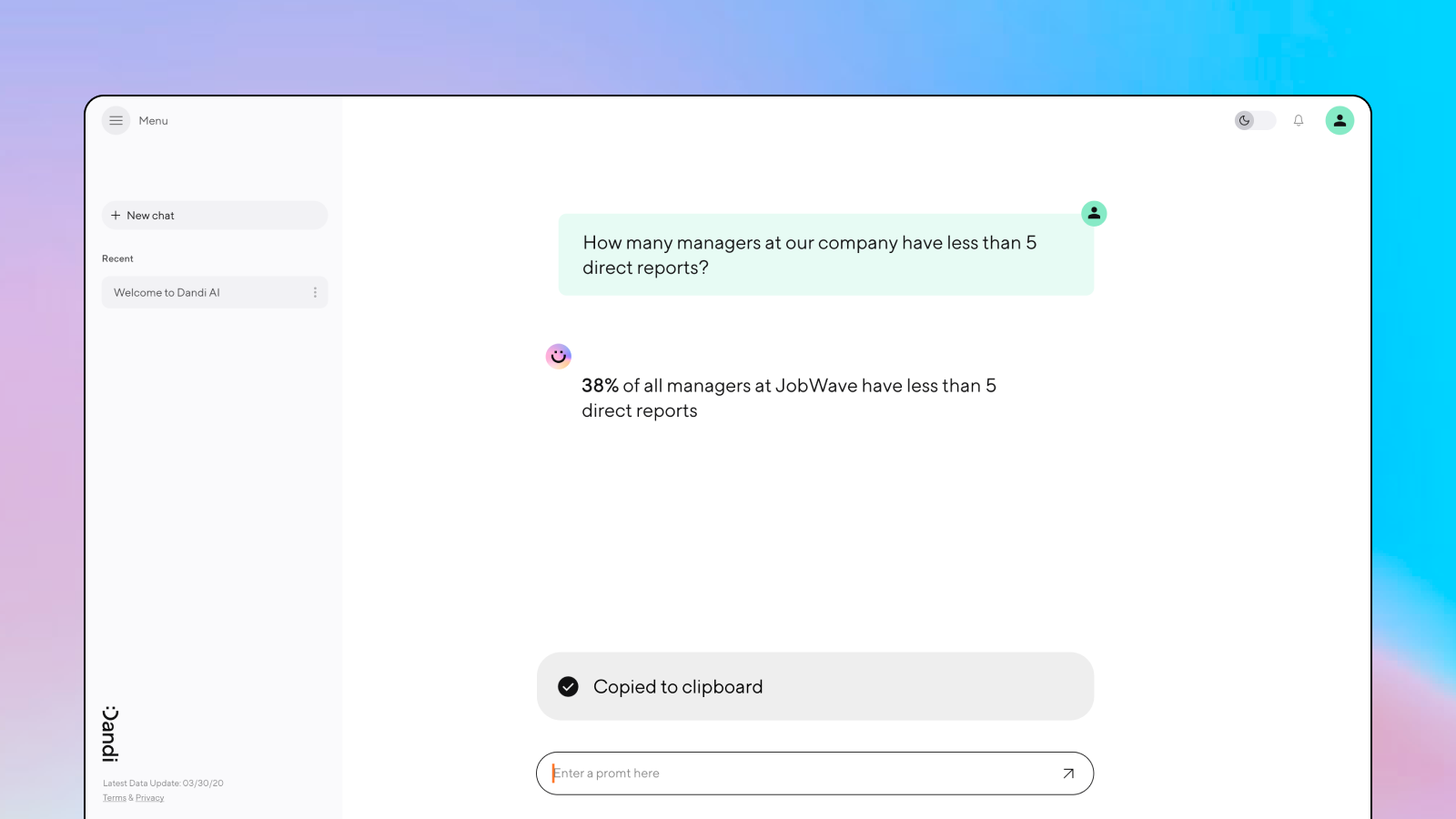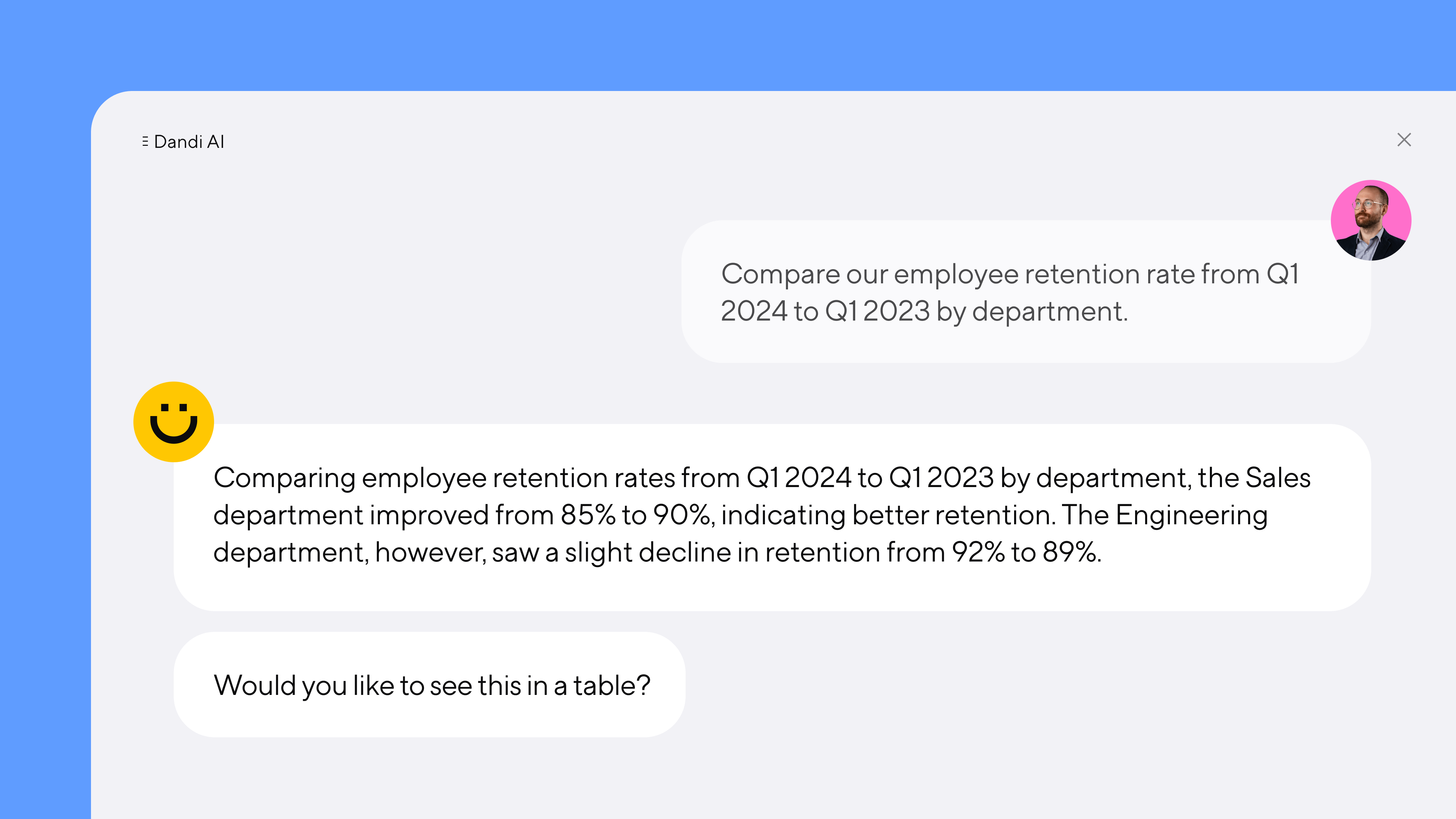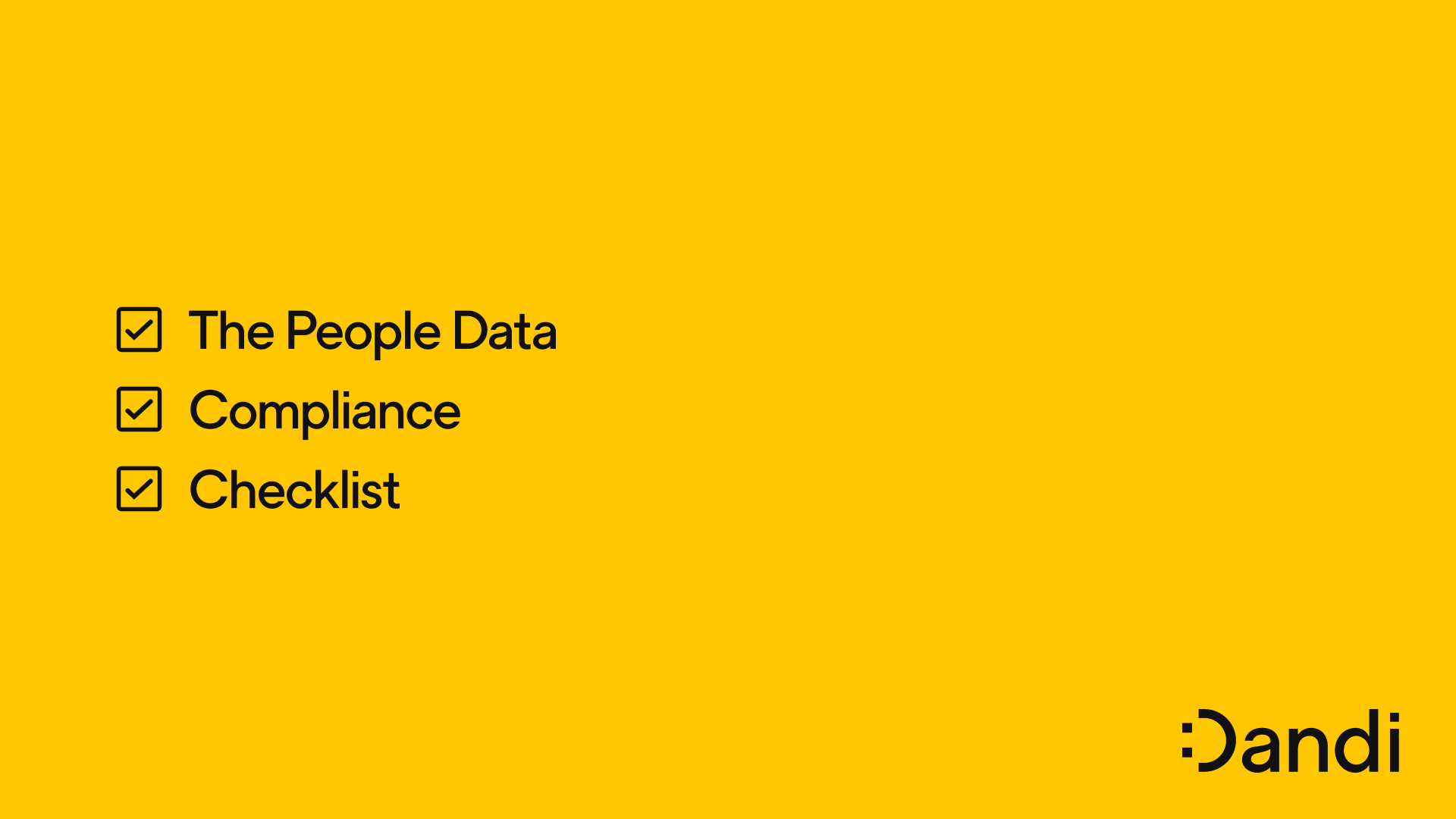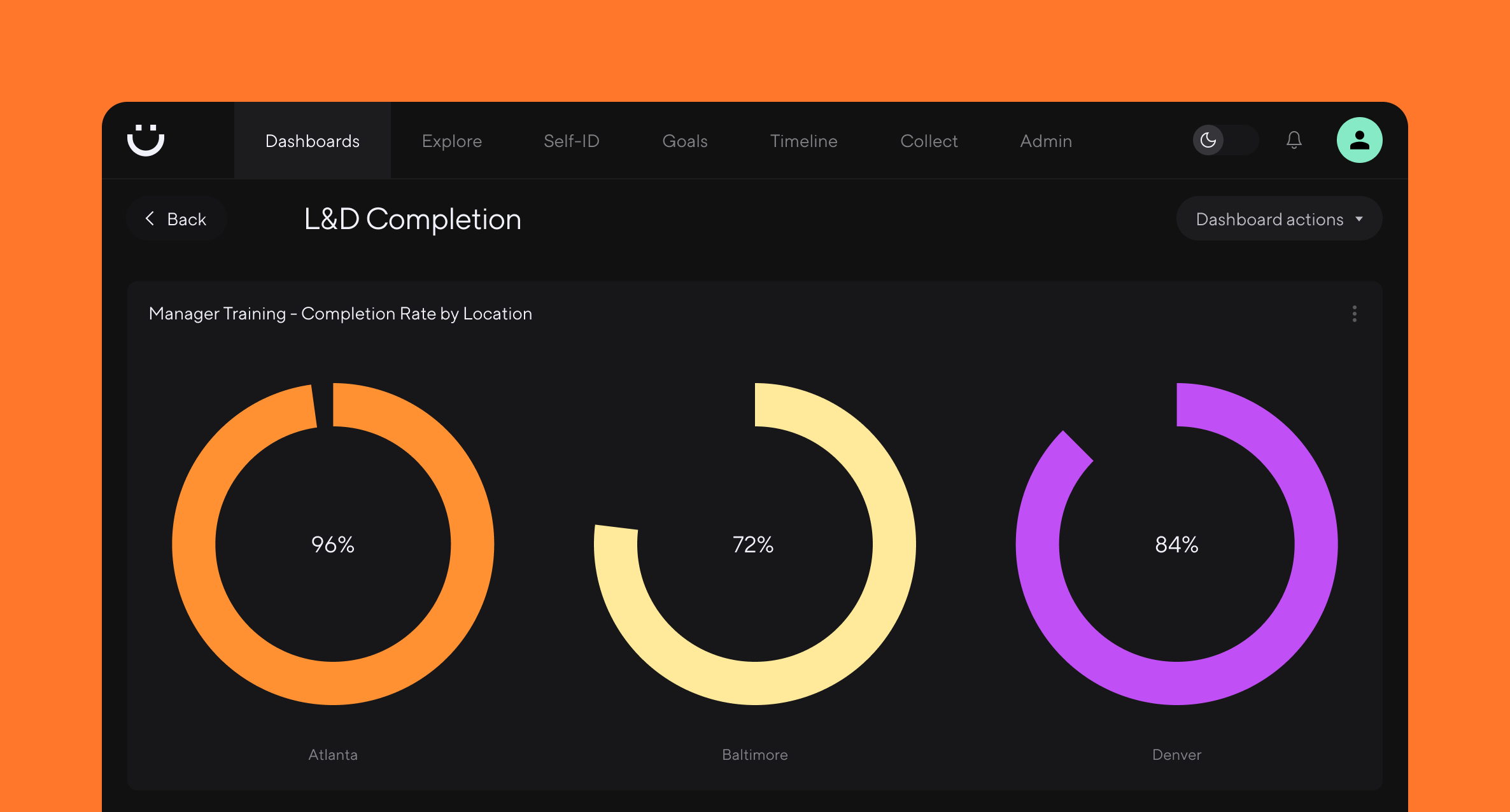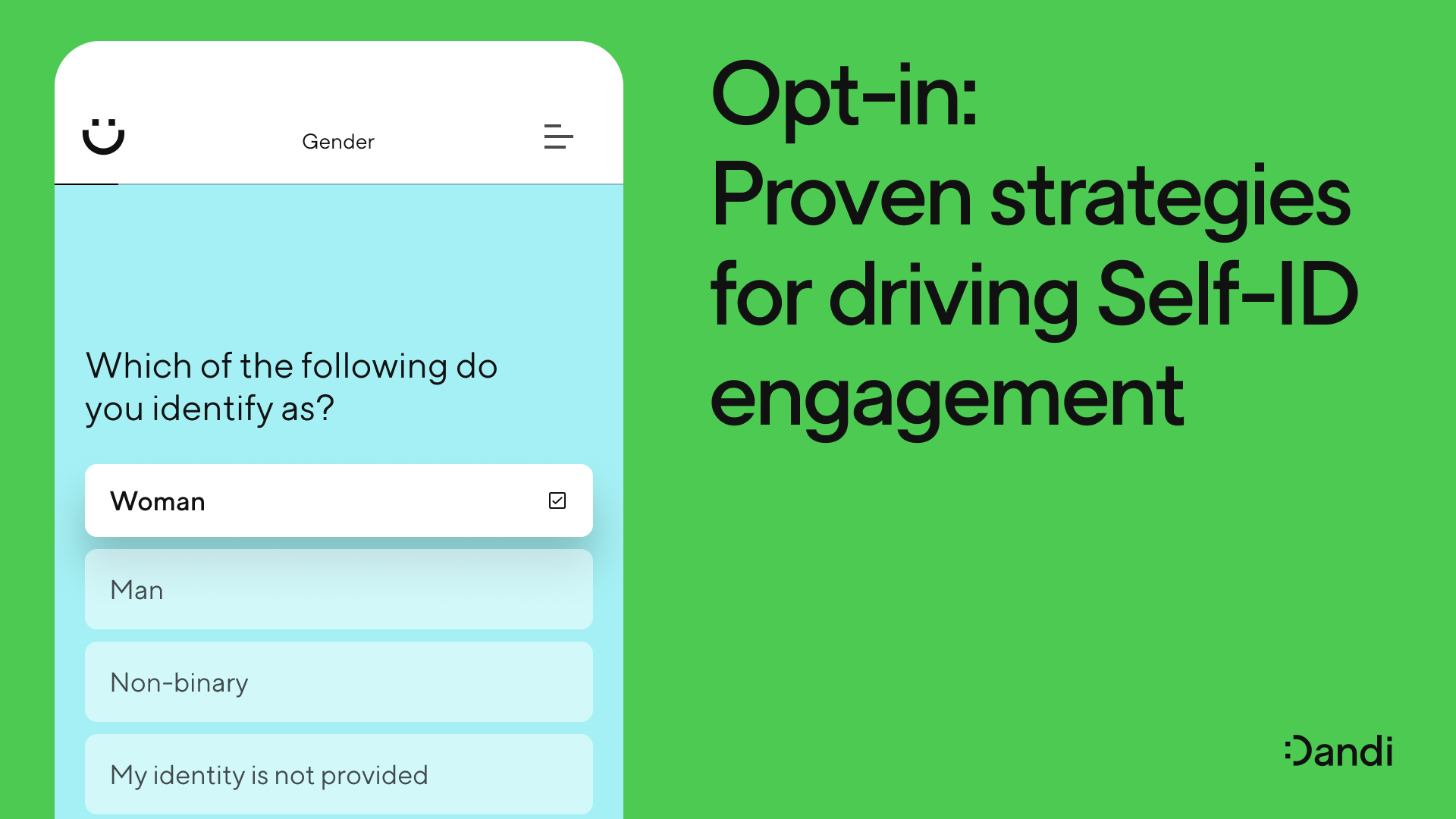The guide to VSI campaigns: Part 1
Hallie Bregman, PhD – Mar 30th, 2023
It's basically impossible to do DEI analytics without knowing how employees identify. This article is the first in a multi-part series explaining how to run successful voluntary self-identification (VSI) campaigns.
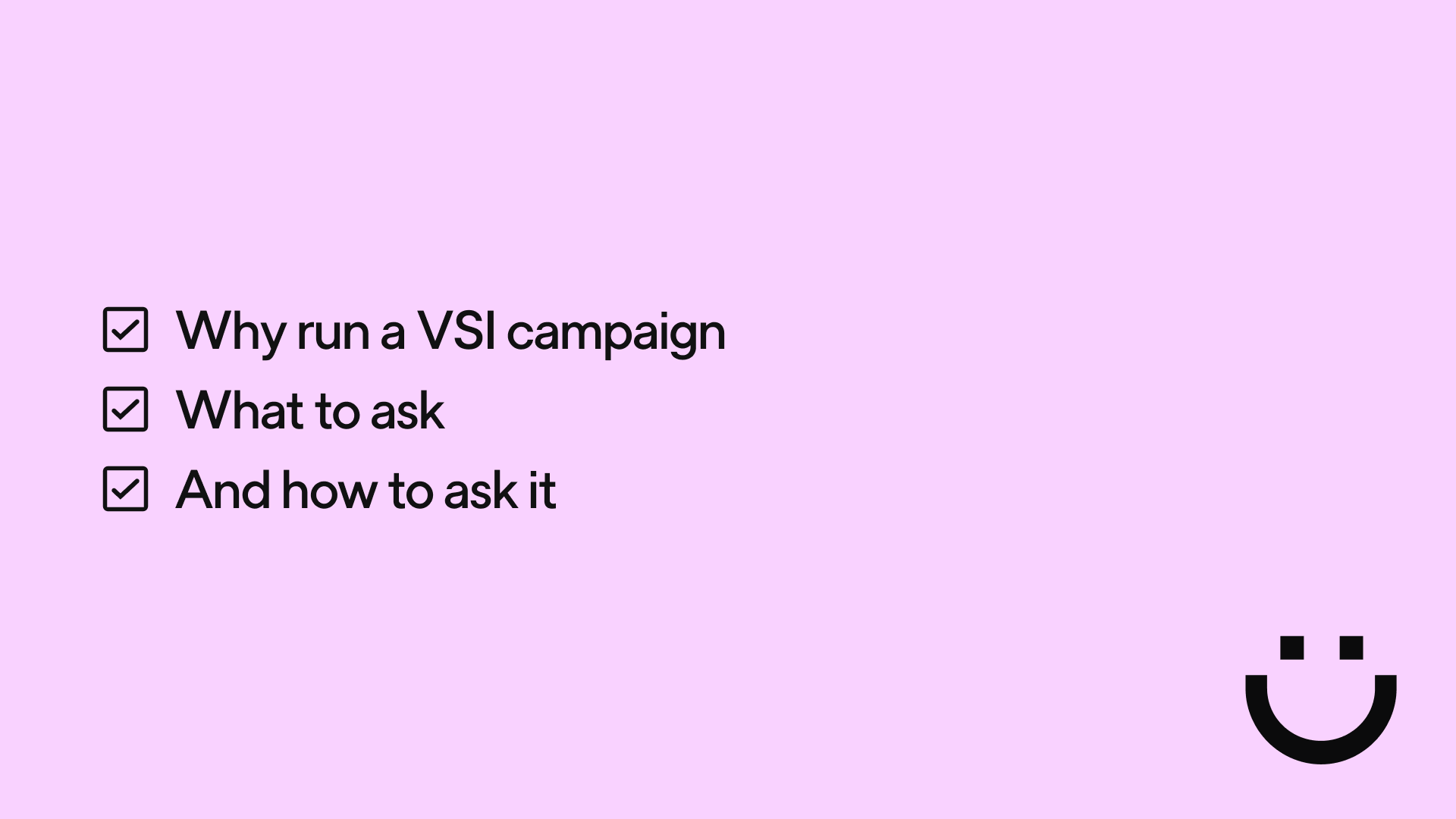
You can identify me because of how I look. I have unique characteristics that, when combined, make up my appearance. Same with you.
Yet, while you may be able to say I am Hallie, these same visual cues do not necessarily represent how I identify. And, as discussed in prior blogs, it is basically impossible to do DEI analytics without knowing how I (and all employees) identify.
Currently, most organizations rely on US EEO mandates to collect and report on the gender and race/ethnicity of their employees. These data points are collected via a combination of self-identification and a “visual survey.” These questions are restricted to specific categories for selection, limiting the information collected.
In order to gather more information, organizations have shifted to leveraging self-identification campaigns to more comprehensively ask all employees to self-identify.
Replacing visual surveys or total lack of awareness, self-identification offers rich, accurate, and transparent insights into the employee population. With more points of identity (e.g., adding sexual orientation or caregiver status), more representative options (e.g., non-binary), and more data, analysis can expose more inequities (and strengths) in the organization.
Gathering this level of employee identification requires a robust self-identification campaign. This type of campaign sounds simple: ask employees how they identify themselves. Voila! However, there are endless complexities to this work. From regulations, security challenges, and employee trust, there are many strategic decisions to make.
So what should you ask?
Figuring out what questions to ask can be incredibly challenging. What questions open you up to liability? Are specific questions prohibited by regulation? What questions help employees feel seen? What questions erode trust with your employee base?
There is no right or wrong answer to any of these questions (well, except maybe for regulations!), but each company must consider them carefully. You might decide to ask about gender, race/ethnicity, and sexual orientation, or you might decide to stick to gender and race/ethnicity only, or you might be in Europe where you are mostly limited to gender only.
Once you’ve decided on the questions, you still have to decide on the choices you offer. For instance, the EEO has historically offered a binary choice when it comes to gender, forcing everyone to identify as male or female. In a world where people, especially young adults, increasingly identify as genderqueer, non-binary, and transgender, these binary choices are severely limiting. Only recently has the EEO made strides to begin to include non-binary gender identities.
ERGs can be an amazing source of feedback on your proposed questions and answer options.
There are other examples where the EEO choices are limiting; for instance, all Asians are grouped together, when there are clear distinctions between those from India, for example, compared to Japan. Still, due to compliance requirements, companies have adopted these EEO fields when asking employees to self-disclose.
It goes without saying that you should involve your employee base in these decisions. If you already have employee resource groups (ERGs), they are an amazing resource to get feedback on your proposed questions and answer options.
For instance, your LGBTQ+ ERG may have valuable input on gender identity and sexual orientation selection options. This feedback serves multiple purposes; it gives you credibility with ERG leaders, which is invaluable. It also lets employees feel seen, asking them how they identify instead of assuming you know the right buckets.
How should you ask?
Once you’ve aligned and questions and answer options, there are still more decisions to make:
- When do you ask employees to self-disclose?
- How do you collect self-disclosure information?
- Where do you store it?
- What do you say about why you are even asking in the first place?
Let’s tackle how you collect self-disclosure data, as that often informs timing and storage.
Surveys
There are two main ways to collect this data: surveys or systems. With regard to surveys, these questions can either be a standalone survey, or embedded in an existing engagement survey, for instance. This is a point-in-time approach; whoever is an employee at the time and completes the survey answers the questions.
If the way they identify changes, the changes are not captured in real-time, until the next survey cycle. If new employees join the organization, their identities are not captured until the next survey cycle. Furthermore, you’ll have to ask all employees every survey cycle. If you’ve ever been asked the same questions over and over again, you know that response rate drops, annoyance rises, and trust erodes. Still, surveys are accessible and relatively easy to implement.
Systems
Systems, on the other hand, are robust. They include tools like Applicant Tracking Systems (ATS) and Human Capital Management (HCM) systems.
To configure these tools to ask the desired questions can take technical expertise. On the other hand, they offer the capability of continuous data collection. Employees may initially complete these fields during onboarding, but have access to edit them at any time in their employee profile. An initial push for data collection may be cumbersome, but is more easily maintained going forward. You never have to ask employees again, unless they choose to edit their responses.
With ATS or HCM systems the initial push for data collection may be cumbersome, but the data is more easily maintained going forward.
For me, the deciding factor revolves around security.
When you ask employees to disclose such personal details of their identities, you better make sure it is locked down. Depending on the survey tool, data may be easily extracted into reports. These reports are often sent over email, and forwarded easily. You know where I’m going with this.
Systems, however, have very well-defined security profiles. Responses can be protected on a user by user basis, and aggregate reporting can be heavily restricted. There are pros and cons to both approaches, although I feel systems are clearly superior when available.
More to come
There is still so much more to say about VSI campaigns. We’ve discussed what to ask and how to ask it, but we’ve said nothing about consent, transparency, data integrity, or usage.
We'll cover this more in the next part of this series.
Ready to learn more? Click here to view Part 2 in the series.
More from the blog
Announcing more powerful Dandi data visualizations
Team Dandi - Oct 23rd, 2024
The New Maturity Model for HR Data
Catherine Tansey - Sep 5th, 2024
Buyer’s Guide: AI for HR Data
Catherine Tansey - Jul 24th, 2024
Powerful people insights, 3X faster
Team Dandi - Jun 18th, 2024
Dandi Insights: In-Person vs. Remote
Catherine Tansey - Jun 10th, 2024
Introducing Dandi AI for HR Data
Team Dandi - May 22nd, 2024
5 essential talent and development dashboards
Catherine Tansey - May 1st, 2024
The people data compliance checklist
Catherine Tansey - Apr 17th, 2024
5 essential EX dashboards
Catherine Tansey - Apr 10th, 2024
Proven strategies for boosting engagement in self-ID campaigns
Catherine Tansey - Mar 27th, 2024
